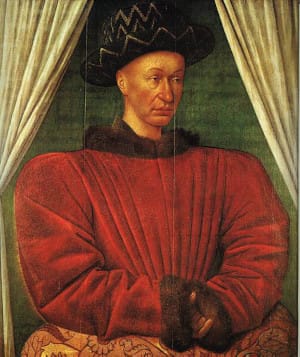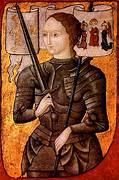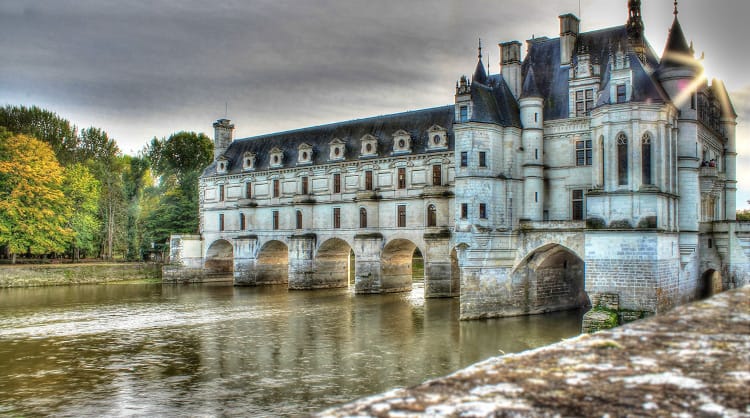LOIRE VALLEY HISTORY:
Dotted with châteaux and oppressed by wars, the history of the Loire Valley is long and involves hundreds of accounts of battles, mysteries, plots, and undercover intrigues. We’ll focus our history on the period when most of the region’s châteaux were built.

In 1420, after England had won some important battles during the Hundred Years’ War (1337–1453) and gained control of most of northwest France, the English and French signed the Treaty of Troyes. This treaty would allow Henry V, King of England, to become King of France when Charles VI, the current king, died.
Both Henry and Charles died at about the same time. Charles’ son, Charles VII, proclaimed himself king instead, although the French would not recognize him as king until he was crowned in the cathedral in Reims, which was then under English control. The uncrowned heir, known as “Le Dauphin,” hid out in the Loire region, where the population was loyal to him.
It was also an easy place from which to run the country, as the Loire River was navigable 10 months of the year and, therefore, a very important travel route at a time when roads in France consisted of uneven dirt paths.
Thanks to the trade that the river made possible, the Dauphin was able to enjoy the produce of his kingdom almost year-round: the blueberries of Orléans, the asparagus of Blois, the cabbage and plums of Touraine, and the pears of Anjou.
The Dauphin also enjoyed living in the Loire because of the excellent wines of the region grown along the Loire River.

Joan of Arc
In 1428, the English laid siege to Orléans, a strategic city that controlled a large part of France’s north-south traffic. Joan of Arc (from a small village in Champagne) traveled to Chinon to persuade the Dauphin to support her with an army. The nationalist sentiment espoused by Joan of Arc was a novel idea at the time and was instrumental in uniting France. Joan was able to drive the English out of France, and thanks to her, Charles VII was crowned in Reims.
After the unification of France, subsequent French kings—Charles VIII, Louis XII, and Francois I—during various military campaigns admired the aesthetic they saw in Italy. They brought along with them Italian gardeners, architects, and artisans to construct beautiful palaces in the Loire region. That was the start of the Italian Renaissance in France.

Chateau de Chenonceau
The kings often paid for the loyalty of their noble subjects by offering them the expertise of the best Italian craftsmen in the building of their own palaces. The bourgeoisie grew richer by loaning money to the king, and they poured money into Renaissance-style residences.

